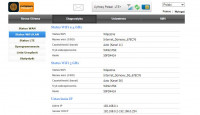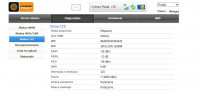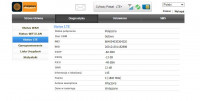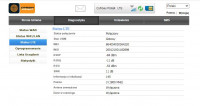Hello. Unfortunately, I have internet from polsat and the infamous ODU_IDU 300. I can terminate the contract only next year. The problem is that in the place where I have a stationary computer (an old man without a wifi card and connected to the router with a cable) the internet works. The TV hanging on it has wifi and, for example, NEFTLIX works and movies can be watched. I thought it was a problem with the signal strength, although I have 500 m in a straight line to BTS. I bought and installed an additional Dual LTE-A / 4G 17dBi MIMO 1800-2600MHz antenna, but I do not see the signal strength increasing. An apartment of about 100 m in a three-family building, old construction, so the walls are thick. From the router to the amplifier about 8 m, two walls. For two years it worked fine, but often lost range. The amplifier is an ASSUS PR-N12 repeater. Recently connected to the router, but no internet. I've tried different settings and changing the location, but to no avail. So I bought a FRITZ1200 amplifier. I can't do anything about it. Neither log into settings nor connect via WPS. LED keeps flashing as not connected. Maybe someone can advise what I should do to make this amplifier work, or what to do to make the wifi signal, and thus the internet, roam in every room - greetings Wiesław










